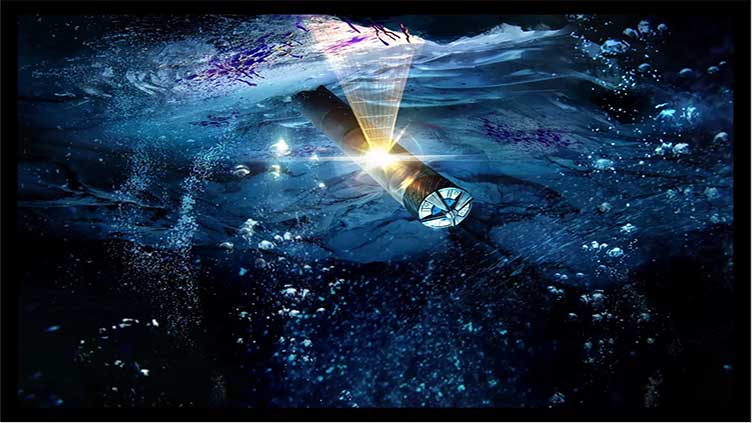These self-heating robots could find life in alien oceans

Technology
The new tool can burrow deep beneath frosty surfaces — perhaps down toward hidden oceans
(Web Desk) - Nasa scientists keen to explore Earth’s moon and other far-off places could soon rely on a new tool: self-heating robots that can burrow deep beneath frosty surfaces — perhaps down toward hidden oceans.
The plans for these so-called cryobots, which were initially developed at a CalTech summit between Nasa and civilian researchers earlier this year, have been newly unveiled on Nasa’s website — designs showing how these cylindrical probes can drill for more than a kilometer.
To turn the crybots from concept into reality, Nasa faces several challenges.
First, the bots can’t rely on solar polar as most unmanned space tech does. Instead, scientists think they’ll need small nuclear reactors — similar to technology that powered the Cassini probe that explored Saturn and its moons.
Moreover, the cryobots will need a self-heating system that will power them through icy surfaces but won’t damage their delicate scientific instruments.
Plus, the cryobots may need some form of automated steering to get around pockets of salt and dust.
Another problem: Once the cryobots burro themselves beneath the ground, how can they communicate with Earth? NASA is weighing several options. It could equip the bots with fiber optic cables that trail behind them as they dig and connect to a transmitter at the surface.
The space agency is also considering using magnetic and radio signals to transmit the data wirelessly.
It’s not clear how big these cryobots would be, but one NASA prototype measured 10 inches in diameter and 8 feet long.
Nasa hopes to ucryobots to explore two of places in the solar system that hold the most promise for containing alien life: Europa, a moon of Jupiter, and Enceladus, a moon of Saturn, both of which are believed to contain huge oceans of liquid water under icy crusts.
The Nasa team underscored the immense opportunity that the bots could unlock: “The potential for the direct detection of life on another world seems more possible than ever … the most plausible near-term way to directly search for life … on an ocean world.”


